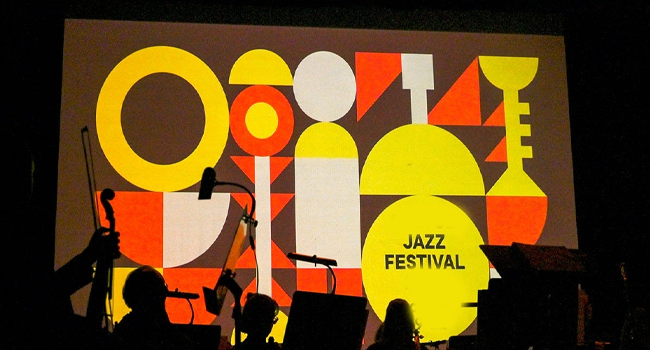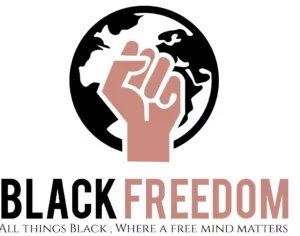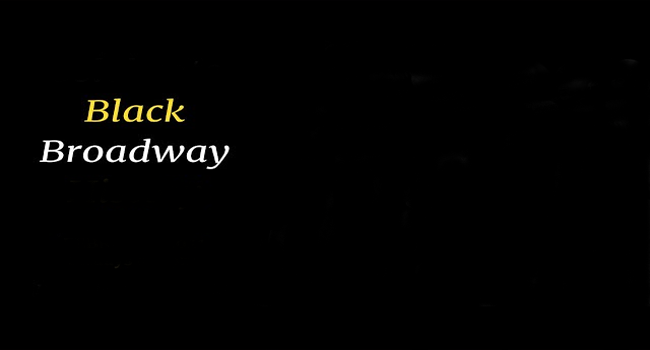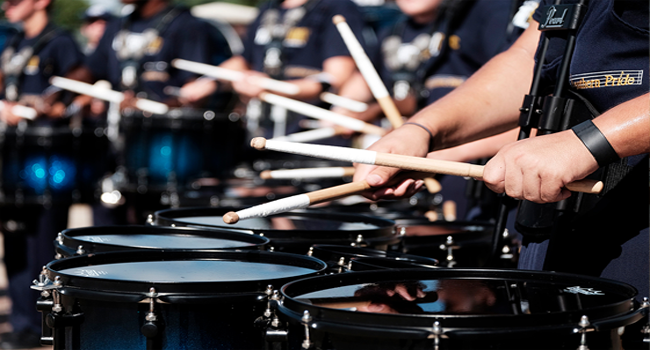Beyond Jazz and Blues: Unraveling the Rich Tapestry of Black Musical Genres

Introduction
The Records of Black Tune is a tricky and vibrant tapestry woven with threads of creativity, resilience, and cultural importance. While Jazz and Blues have rightfully earned their location as iconic genres within this rich heritage, it’s vital to discover the myriad of different musical patterns that have contributed to the numerous soundscapes of Black music. From the infectious rhythms of Afrobeat to the soul-stirring melodies of Gospel, the full-size spectrum of Black musical genres reflects the intensity and dynamism of a culture that has constantly developed and influenced the worldwide tune scene.
1.Afrobeat: A Rhythmic Revolution
Originating in West Africa, Afrobeat is a style that seamlessly blends conventional African rhythms with jazz, highlife, and funk elements. Championed by the legendary Fela Kuti, Afrobeat is characterized by its pulsating beats, tricky percussion, and socially aware lyrics. This style serves as a party of African identity and an infective medium for political expression and social observation.
2.Gospel: The Soulful Soundtrack of Spirituality
Gospel song, with its roots deeply embedded within the African American church, is a genre that transcends religious obstacles. Its soulful vocals, passionate lyrics, and uplifting melodies create a musical adventure that resonates with listeners on a spiritual stage. Gospel music has now not only played a pivotal function in spiritual ceremonies but has also prompted many genres, including soul, R&B, and even rock and roll.
3.Reggae: Bob Marley’s Enduring Legacy
Hailing from Jamaica, reggae is a style that emerged in the past Sixties and won international acclaim through the enduring Bob Marley. Beyond its infectious beats and laid-returned rhythms, reggae is deeply rooted in love, peace, and social justice messages. From Marley’s “One Love” to Peter Tosh’s “Equal Rights,” reggae is an effective medium for advocating team spirit and superb exchange.
4. Hip-Hop: From the Streets to Mainstream Dominance
Hip-hop, born in the Bronx throughout the Nineteen Seventies, has developed into a worldwide cultural phenomenon. Rooted in the oral traditions of African and African American groups, hip-hop encompasses elements of rap, DJing, breakdancing, and graffiti artwork. This genre has become a compelling voice for marginalized communities, addressing social problems, inequality, and the realities of urban life.
5. Neo-Soul: A Contemporary Fusion of Tradition and Innovation
Neo-soul, a style that emerged within the Nineteen Nineties, blends traditional soul elements with current R&B and jazz impacts. Artists like Erykah Badu, D’Angelo, and Jill Scott have performed pivotal roles in revitalizing and redefining soul music for a brand-new generation. Neo-soul strongly emphasizes authenticity, self-expression, and returning to the conventional soul’s uncooked, dynamic characteristics.
6. R&B: The Evolution of Rhythm and Blues
Rhythm and Blues (R&B) have been a cornerstone of the Black tune for the reason that the mid-20th century present process is an exceptional evolution. Rooted inside the traditions of Blues and Gospel, R&B blends soulful vocals with catchy melodies and has become synonymous with love, relationships, and emotional expression. Artists like Ray Charles, Aretha Franklin, and Marvin Gaye have shaped the panorama of R&B, leaving an indelible mark on the song enterprise.
7. Jazz Fusion: Breaking Boundaries and Crossing Genres
Jazz Fusion represents an exploration into uncharted musical territories, fusing jazz with factors of rock, funk, and electronic song. Pioneered by artists like Miles Davis and Herbie Hancock, Jazz Fusion challenges traditional conventions, pushing the bounds of improvisation and experimentation. This style no longer handiest showcases technical prowess but also demonstrates the adaptability and innovation inherent in Black musical expression.
8. Soca and Calypso: Caribbean Rhythms in Global Harmony
Originating from the Caribbean, Soca and Calypso are genres that encapsulate the colourful spirit of the islands. With infectious beats, energetic rhythms, and lyrics frequently laced with humour and social observation, those genres have found a global target market. Artists like Lord Kitchener and Machel Montano have played pivotal roles in bringing the energetic sounds of Soca and Calypso to worldwide degrees, leaving an indelible mark on the global music scene.
9. Funk: The Groovy Revolution
Funk, characterized by its tight rhythm segment, syncopated grooves, and emphasis on the ‘one,’ emerged in the 1960s as a reaction to the social and political weather. With artists like James Brown at the vanguard, funk became an adequate pressure, influencing genres from hip-hop to rock. The infectious danceability of funk and its emphasis on rhythm and instrumentation have solidified its area as a style that keeps encouraging and captivating audiences internationally.
10. Soul Jazz: An Intersection of Elegance and Groove
Soul Jazz is a genre that seamlessly merges the sophistication of jazz with the soulful elements of rhythm and blues. Often characterized by lush arrangements and emotive melodies, Soul Jazz has produced timeless classics. Artists like Grant Green and Jimmy Smith have crafted a musical enjoyment bridging the distance between jazz improvisation’s complexity and the emotional intensity of soulful expression.
The exploration of Black musical genres goes past the familiar landscapes of Jazz and Blues, revealing a wealthy and diverse tapestry that has fashioned the worldwide tune panorama. From the rhythmic revolution of Afrobeat to the soulful expressions of Gospel and the groundbreaking innovations of Hip-Hop, every style contributes a unique bankruptcy to the continuing narrative of Black musical history.
As we have a good time with this various musical legacy, it is crucial to understand the cultural, social, and historical significance embedded in every word and lyric. The black Track is still a practical car for storytelling, resilience, and cultural identification, fascinating audiences globally. By embracing the entire spectrum of Black musical genres, we now honour and make the vibrancy and innovation of these genres will inspire generations to return. Beyond Jazz and Blues lies an expansive universe of creativity, a testament to Black musical expression’s iconic impact and infinite capacity.
FAQs
Q1: What is supposed to be used in “Beyond Jazz and Blues”?
A1: “Beyond Jazz and Blues” refers to the sizeable array of musical genres originating from the African American cultural revel, extending beyond the well-known jazz and blues genres. This exploration incorporates various melodic patterns contributing considerably to the global music panorama.
Q2: Which genres are included in the wealthy tapestry of Black musical genres?
A2: The tapestry includes Gospel, soul, funk, R&B, hip-hop, Afrobeat, reggae, dancehall, and more. The genre displays particular cultural impacts, historical contexts, and creative expressions.
Q3: How have Black musical genres encouraged mainstream music?
A3: Black musical genres have profoundly impacted mainstream tunes across the globe. For instance, elements from genres like jazz, blues, and hip-hop were integrated into numerous melodic patterns, shaping the sound of popular tunes and provoking limitless artists.
Q4: Can you provide examples of influential artists in these diverse genres?
A4: Certainly! Examples consist of Aretha Franklin (soul, Gospel), James Brown (funk), Bob Marley (reggae), Fela Kuti (Afrobeat), Beyoncé (R&B, pop), Kendrick Lamar (hip-hop), and lots of others who’ve appreciably contributed to the evolution of Black musical genres.
Q5: How do those genres mirror cultural and social narratives?
A5: Black musical genres regularly function as powerful mediums for expressing cultural identity, addressing social issues, and telling memories of resilience and empowerment. They are deeply rooted in the ancient and social contexts of the African American revel.










